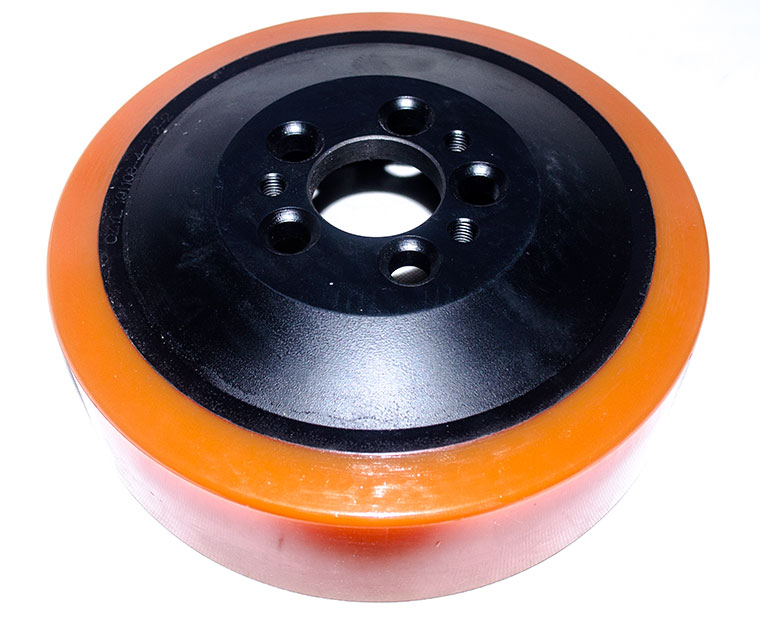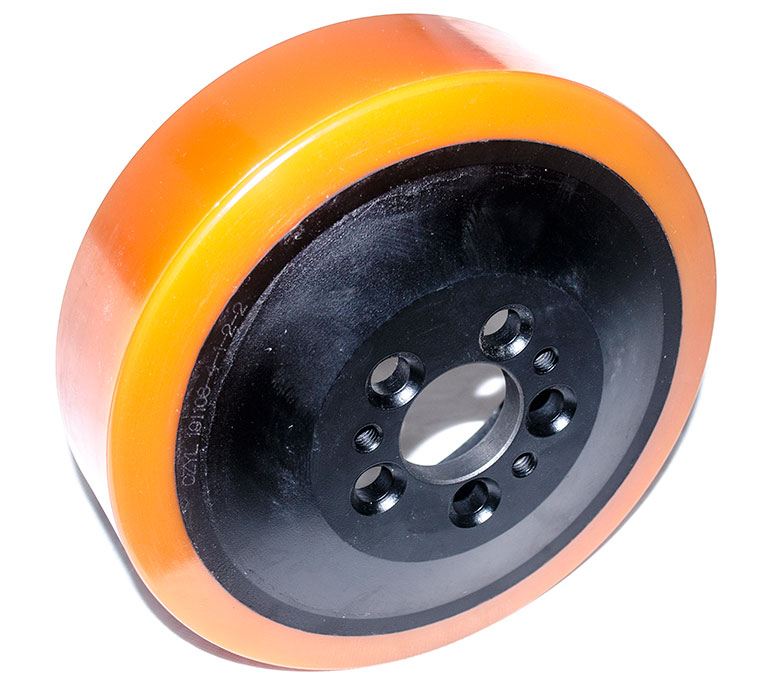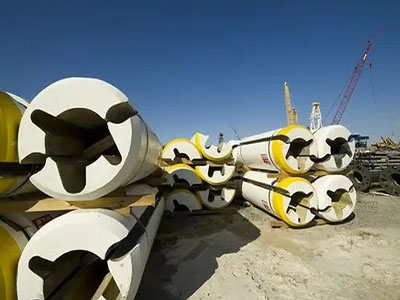Why Polyurethane is More Suitable for Industrial Wheels
Material Characteristics
Polyurethane (PU) is a high-performance polymer produced by the reaction of isocyanate and polyol. Its molecular structure can be designed into a combination of hard and soft segments, which gives the polyurethane material unique properties that make it outstanding in numerous applications, especially in the manufacture of industrial wheels.

1. High Wear Resistance and Toughness:
• The hard segment of polyurethane is composed of isocyanate groups, and the hydrogen bonding between these groups gives the material high hardness and wear resistance.
• The soft section is usually composed of polyether or polyester polyols, giving the material elasticity and toughness, which can absorb impact forces and reduce vibration.
2. Good Load-bearing Capacity:
• The high density and rigidity of polyurethane make it able to withstand heavy loads and will not easily deform or break, making it ideal for the high load requirements of industrial wheels.
3. Shock Absorption and Low Noise:
• The elastic properties of polyurethane enable it to effectively absorb shock, reduce noise generated during equipment operation, and improve the comfort of the working environment.
4. Resistance to Chemical Corrosion:
• Polyurethane has good chemical stability and can resist the erosion of various chemicals and extend the service life of wheels. It is especially suitable for industrial environments such as chemical and pharmaceutical industries.
5. Excellent Ground Protection:
• Polyurethane wheels do not leave scratches or stains on the ground and are especially suitable for high-value facilities that need to protect the ground, such as laboratories, electronics factories, etc.

Chemical Composition
The chemical composition of polyurethane is produced by the reaction of isocyanates and polyols. Isocyanates provide the hard segments of the material, while polyols make up the soft segments. By adjusting the ratio of isocyanate and polyol, the hardness, elasticity and other physical properties of polyurethane can be controlled to meet the specific needs of different industrial wheels.
1. Isocyanate:
•Toluene diisocyanate (TDI), diphenylmethane diisocyanate (MDI), etc. are usually used. When these compounds react with polyols, they form hard segments of the polyurethane material, giving the material high strength and wear resistance.
Compounds such as toluene diisocyanate (TDI) and diphenylmethane diisocyanate (MDI) are usually used to form hard segments of polyurethane materials when reacting with polyols, giving the material high strength and wear resistance.
2. Polyol:
• Including polyether polyols and polyester polyols, these components constitute the soft segment of polyurethane, so that the material has good elasticity and tear resistance.
Conclusion:
Polyurethane material is ideal for making industrial wheels because of its unique chemical composition and physical properties. Not only can it withstand heavy loads, but it also has multiple advantages such as wear resistance, shock absorption, low noise, resistance to chemical corrosion, and ground protection. It greatly improves the performance and service life of industrial wheels and meets the needs of modern industry for efficiency, safety, and environmental protection pursuit.




